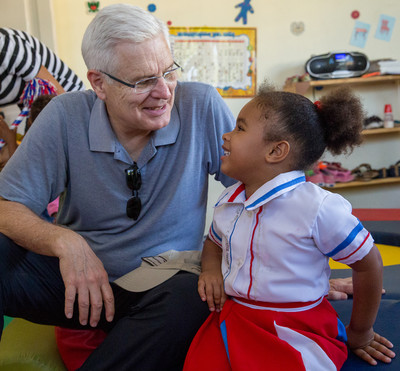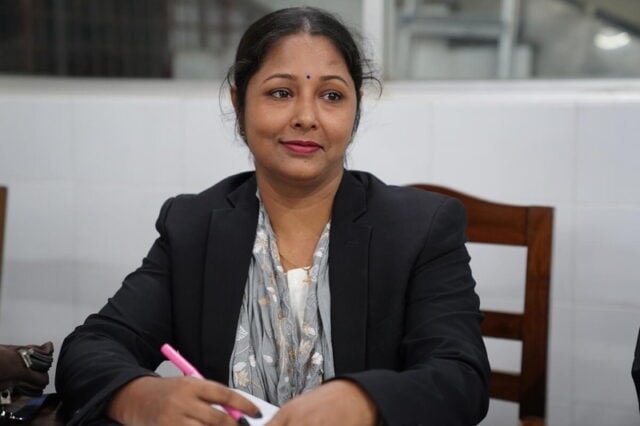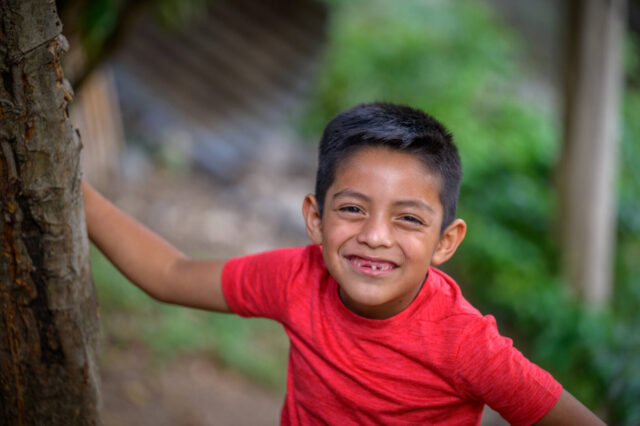A few months ago, I experienced one of my proudest moments at World Vision. I was in the Dominican Republic with the CEO of one of our major retail partners, Family Christian stores. World Vision had convened a committee of local leaders — pastors, doctors, teachers, and business owners — who were working with World Vision to make sure children are safe from abuse, predators, and other threats to their well-being.
The committee had just finished telling us about their successes, including stopping a local company from using child laborers and ending instances of domestic abuse. I encouraged them to explain how else they worked with World Vision in addition to this impressive child protection work.
To my delight, the leaders beamed and shared example after example of World Vision’s impact. They talked about daycare programs, strengthening churches, tutoring students in math and reading, HIV and AIDS education, community savings groups, village vegetable gardens, and much more.
I was especially thrilled to hear from pastors who told me they gained a new perspective on the church’s job in their community. “I always saw my role to be inside the church, ministering to my people,” one pastor told me. “Now I see my role as outside my church, sharing God’s message of hope.”

The power of our child sponsorship model is that it offers a community the opportunity for holistic transformation in a way that is absolutely essential for solving poverty. It allows us to tackle a wide range of problems all at the same time. Poverty is like a puzzle with a number of interlocking pieces. To solve a jigsaw puzzle, you need every single piece. Poverty is similar. A community needs education, economic empowerment, health, education, and clean water. Often, solving one piece requires solving other interconnected pieces.
For example, it is great to have a school building, a teacher, and schoolbooks, but if children have to walk miles every day for water or are required to work in a factory, they can’t go to school. Lots of nonprofits tackle one of these puzzle pieces, but World Vision believes that lasting solutions require all of these things.
At World Vision, child sponsorship is not simply about giving things to children. Sponsorship does more than offer a child a chance at an education, clean water, or a safe shelter. It doesn’t merely provide microloans or savings groups to mothers. Sponsorship does all these things while addressing the more fundamental needs of a community to create lasting change.
May God himself, the God of peace, sanctify you through and through. May your whole spirit, soul and body be kept blameless at the coming of our Lord Jesus Christ.—Thessalonians 5:23 (NIV)
You see, poverty is not only about lacking money or things. Poverty is also about values and culture. A community certainly needs wells, schools, irrigation systems, health clinics, and economic opportunities. Every community needs productive and healthy values and knowledge so children are protected, women have an equal say in how things are run, and men seek the welfare of their families rather than their next drink. The community needs the knowledge provided by leadership development, farmers’ co-ops, opportunities for youth; it also needs the values found in church, savings groups, and gender education programs.
That’s the wonder behind our child sponsorship model. Solving the puzzle of poverty requires every piece, and child sponsorship — more than anything else — offers a full and lasting solution. Our goal is not simply to treat the symptoms of poverty but to solve the core problems so communities can thrive long after World Vision leaves.
I hope that as you journey with us and with your sponsored child, you too can witness the wonder of seeing a community made whole from the inside out through your faithful sponsorship.
World Vision U.S. President Rich Stearns is the author of The Hole In Our Gospel and Unfinished. Follow him at twitter.com/richstearns.

